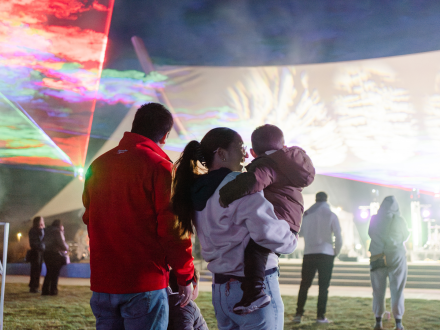
Your Guide to The Aurora Borealis Festival Aurora, Colorado’s World-Class Celebration of Light Returns: Experience the Magic of the Aurora Borealis Festival!
Learn MoreThe aurora borealis is science in motion! Caused by solar particles colliding with Earth’s atmosphere, this natural light show is a real-time reminder of our planet’s connection to the sun. This year, as Aurora, Colorado hosts the Aurora Borealis Festival, we invite you to rediscover the magic and luminous beauty lighting up our community.
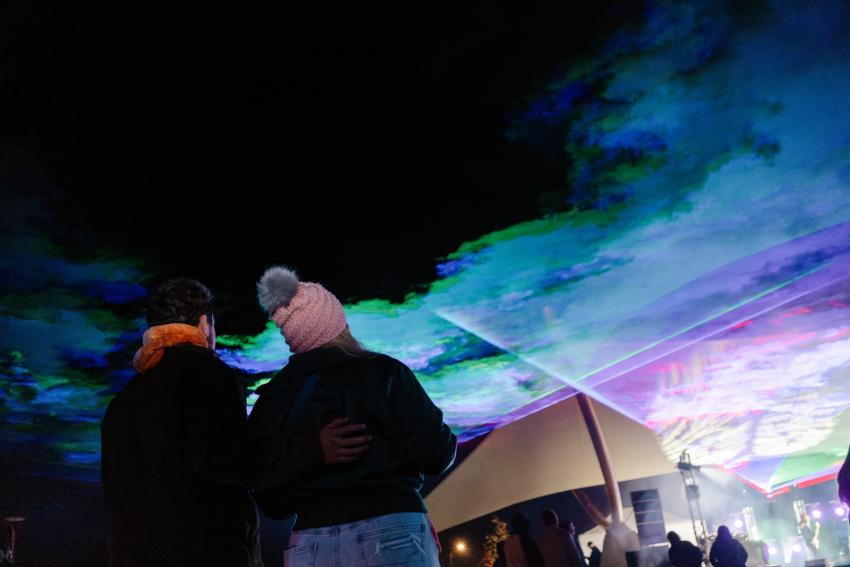
Our vibrant city of Aurora shares a name with this spectacular sky show, making it the perfect place to pay tribute to the awe-inspiring beauty of the auroras.
At the annual Aurora Borealis Festival, we recreate the wonder of the Northern Lights with stunning light displays, immersive experiences, and hands-on science activities for all ages. It’s your chance to learn, be inspired, and capture magical moments!
Join us for an evening where science meets celebration! Here’s just a few things of what you can look forward to:
Don’t just dream about the auroras, experience their magic in Colorado! Mark your calendar and get ready to be transported to the northern skies, right in your own backyard. We can’t wait to light up the night with you at the Aurora Borealis Festival! Buy your tickets here.
Learn more about the Aurora Borealis Festival by reading our guide.
At their core, the northern lights are a cosmic dance between Earth and Sun. Here's how they work:
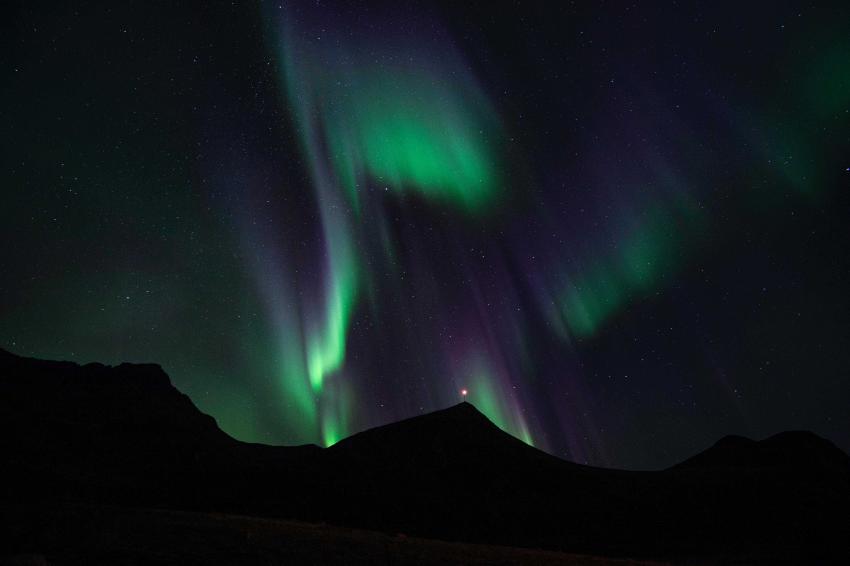
The sun always sends out a stream of tiny charged particles called the solar wind. Sometimes, big solar storms send even more of these particles flying through space. When these energetic particles reach Earth, they usually bounce off our atmosphere. But Earth’s magnetic field pulls them in closer near the North and South Poles.
Earth’s magnetic field usually shields us from this solar onslaught. But near the poles, the magnetic field lines curve downward and open up, allowing solar particles to enter the upper atmosphere.
High above Earth’s surface, these solar particles bump into gases, like oxygen and nitrogen, in our atmosphere. When that happens, it creates a burst of light, like a mini-firework! The colors you see depend on the type of gas and how high the collision occurs in the atmosphere. Oxygen often produces green and red hues, while nitrogen creates blue and purple tones. That's what we call the aurora borealis in the north (and aurora australis in the south).
Seeing the northern lights in Colorado is rare, but not impossible! While the aurora borealis is usually only visible near the Arctic Circle, intense solar storms can occasionally push the lights far enough south to be seen from Colorado’s darker, rural areas. On those rare nights, lucky skywatchers may catch faint green or red glows on the northern horizon.
Best Viewing Tips:

Your Guide to The Aurora Borealis Festival Aurora, Colorado’s World-Class Celebration of Light Returns: Experience the Magic of the Aurora Borealis Festival!
Learn More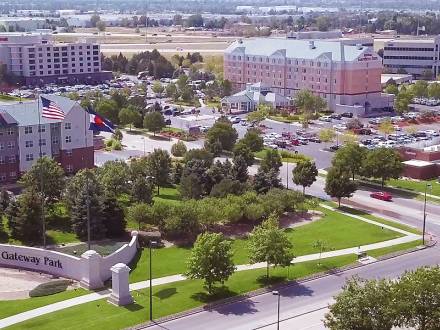
Neighborhood Guide | Airport Discover local things to do
Learn More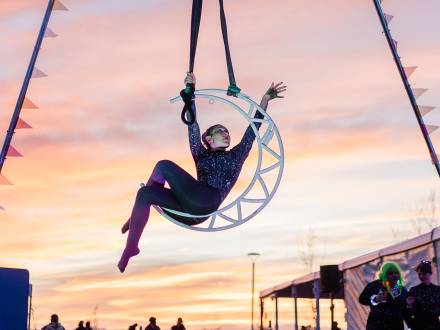
Inside Aurora's Official Visitors Guide The new guide has arrived!
Learn More
Award-winning Eats in Aurora Uncover the flavors of Aurora, one award-winning bite at a time!
Learn More
Best Shopping Destinations in Aurora Discover the epitome of shopping in Aurora with our curated guide to the must-visit stops for every occasion and season! Happy shopping!
Learn More